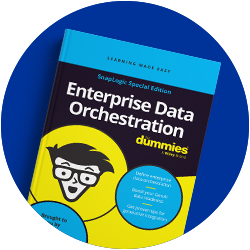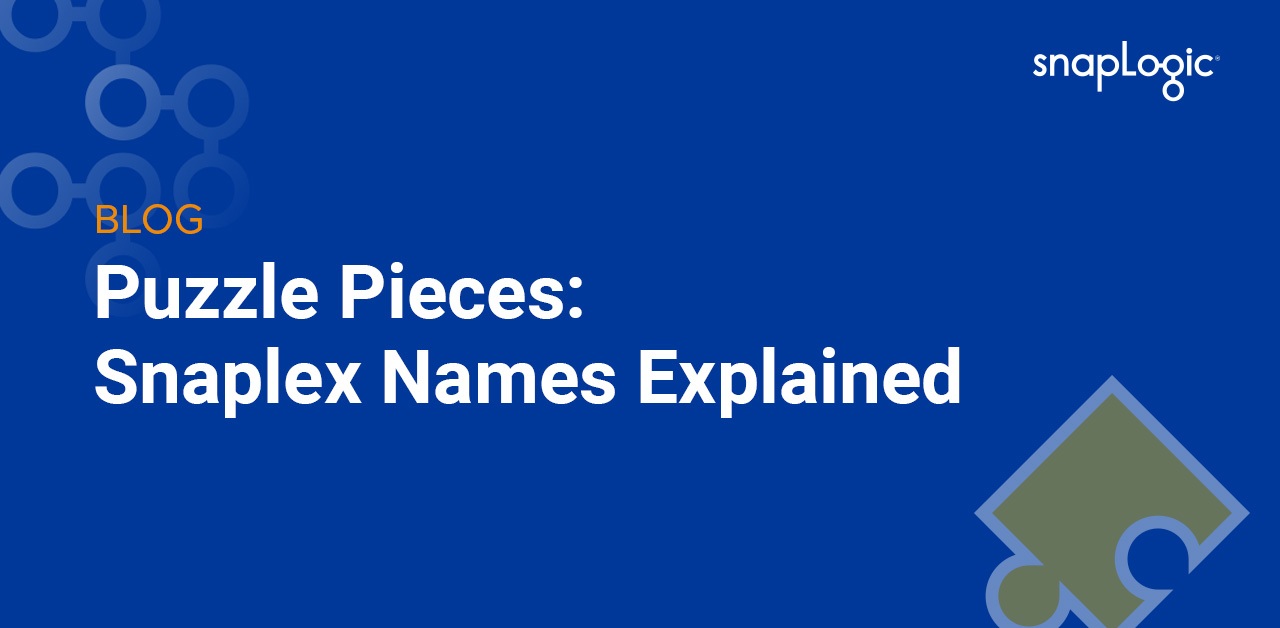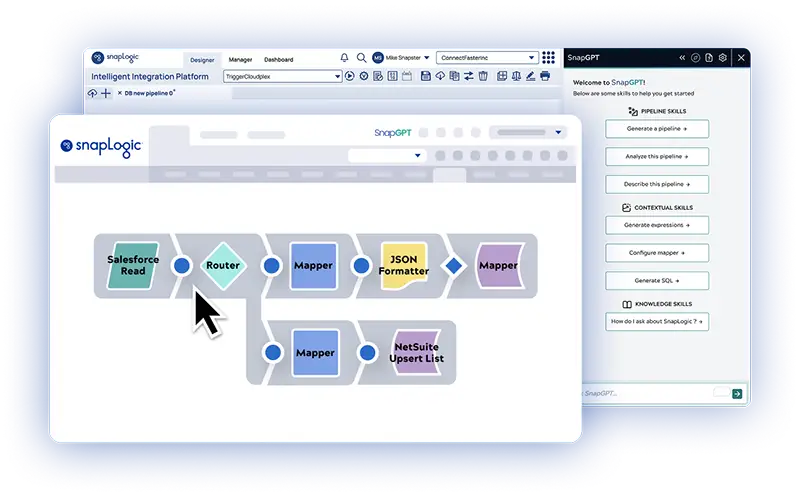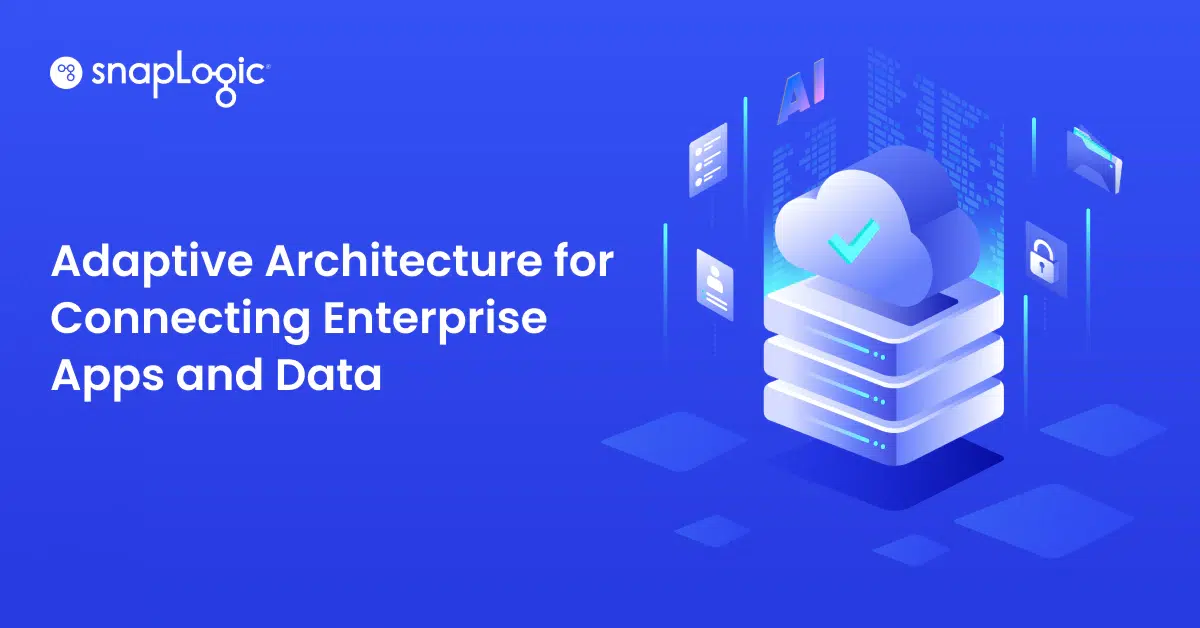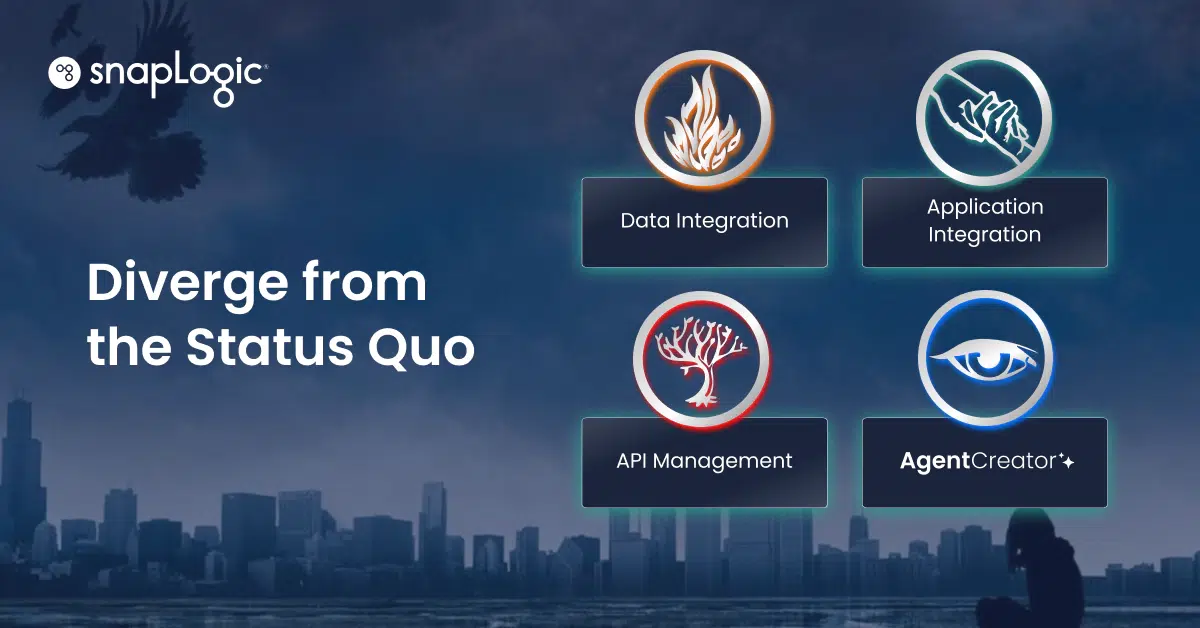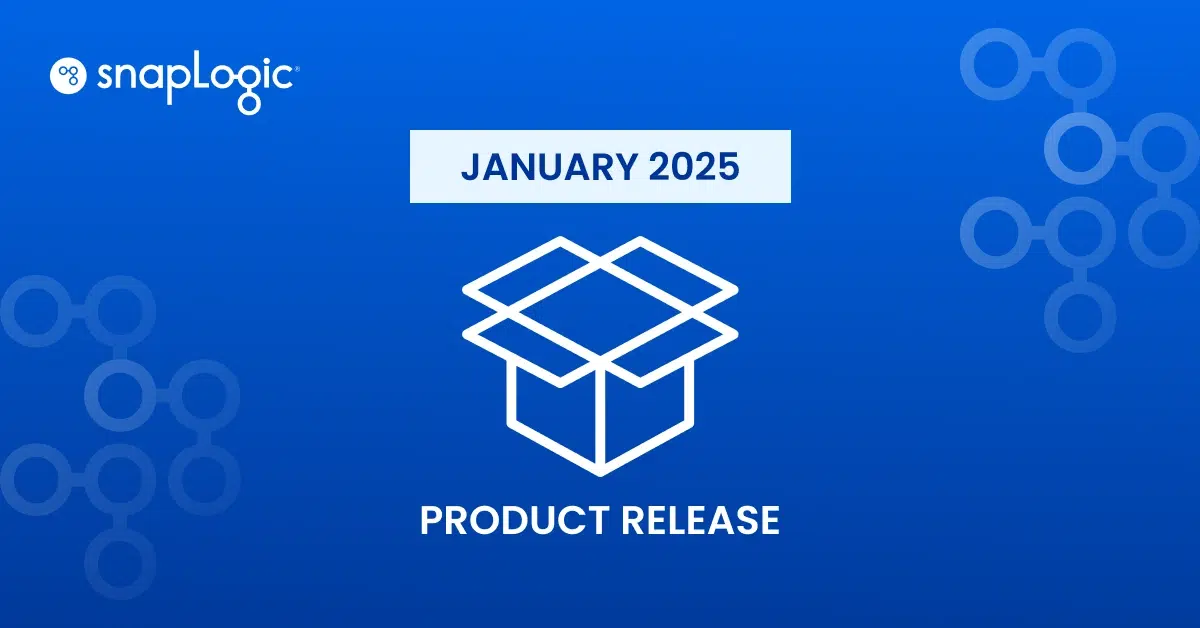Welcome to Puzzle Pieces, a periodic series exploring the “Why?” of SnapLogic’s platform. To kick things off, let’s talk Snaplexes, which have sometimes proved puzzling. (Editor’s note: future installments of Puzzle Pieces will be rigorously scrubbed for alliterative excesses).
The SnapLogic Elastic Integration Platform is divided into two main parts: the Control Plane and the Data Plane. As a customer, you come into contact with the Control Plane through the SnapLogic web interface. Behind the scenes, the Control Plane also handles talking to the Data Plane and coordinating the flow of data in pipelines.
The pipelines actually run in the Data Plane. The container that handles running a particular pipeline is called a Snaplex. A Snaplex (or Plex) is a collection of computing resources – perhaps one virtual machine, perhaps an entire server rack. These are the Snaplex types you may come across:
- Cloudplex: A SnapLogic-managed Snaplex. We run computing resources in the cloud to process your data. A Cloudplex is dedicated to a particular customer and will handle your data and only your data. Using SnapLogic with Cloudplexes is the easiest solution, if it works for your data gravity and InfoSec, since we manage everything. Cloudplex = pure SaaS.
- Groundplex: This is a Snaplex running in the customer’s own managed domain, on their hardware resources, whether on-premises or in the cloud. Despite the “ground” in the name, a Groundplex can be in the cloud – the distinction is that it’s on customer-provided hardware. The most common use of a Groundplex would be to connect to an on-prem application inside of your firewall as part of a SnapLogic pipeline.
- Hadooplex: This is a special type of Groundplex that is running in a Hadoop cluster as a YARN-managed resource. All Hadooplexes are Groundplexes – SnapLogic does not at this time provide managed Hadoop clusters.
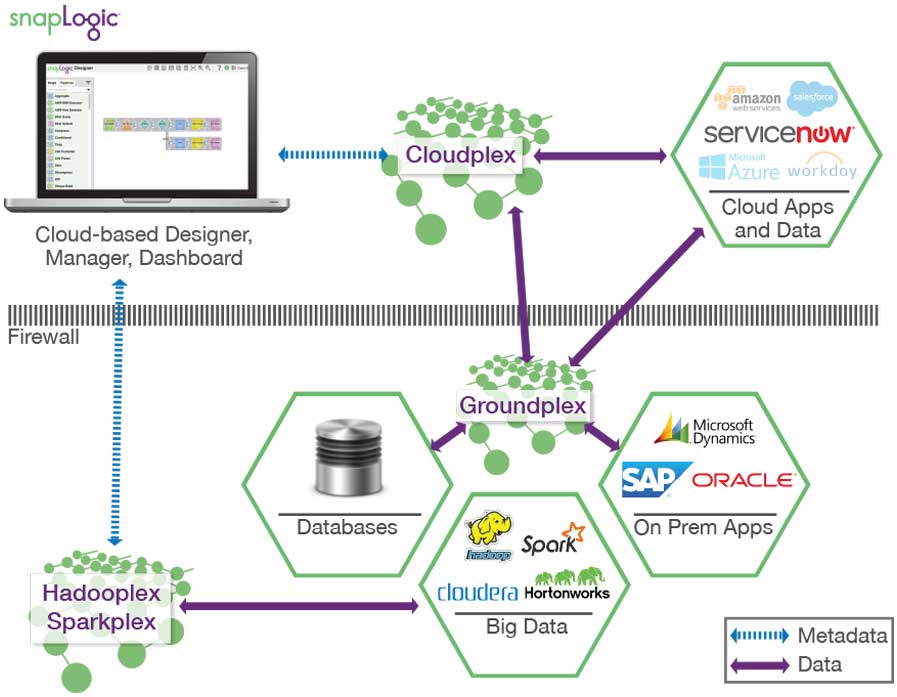
One of the advantages of the SnapLogic Elastic Integration Platform is that the Data Plane can connect to arbitrary numbers and types of Plexes. So you can primarily use Cloudplexes for ease of management, have a few Groundplexes for legacy applications inside your firewall, and have a Hadooplex for Hadoop and Spark data pipelines. And even though you may have Groundplexes inside your firewall, the Control Plane still allows them to talk to all the other Plexes. How that bit of ‘sufficiently advanced technology indistinguishable from magic’ works is the topic of a future Puzzle Pieces.

